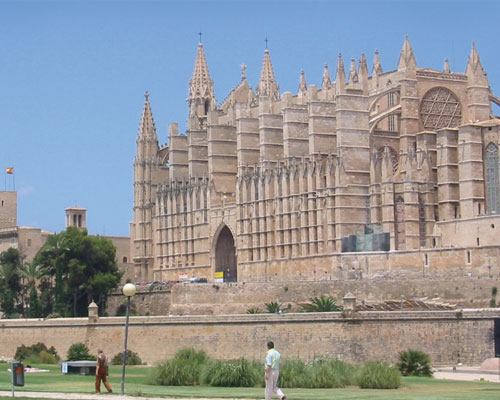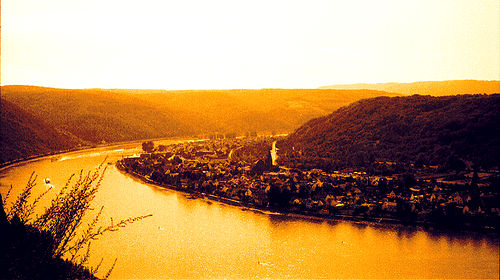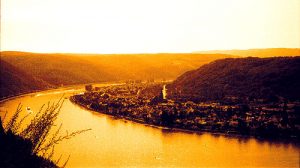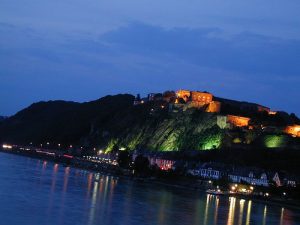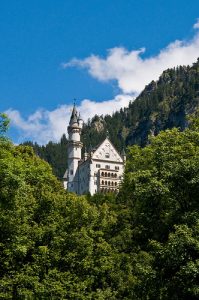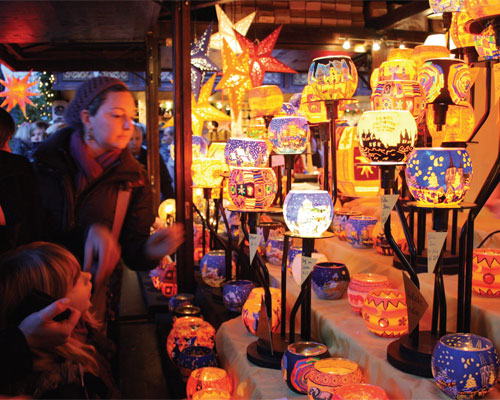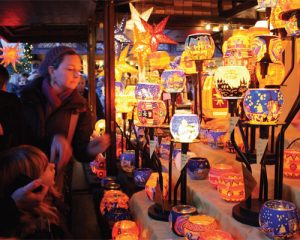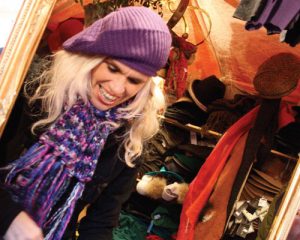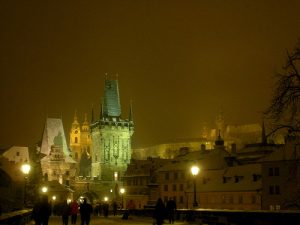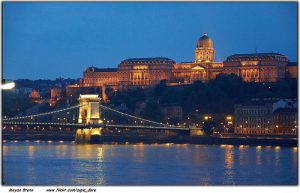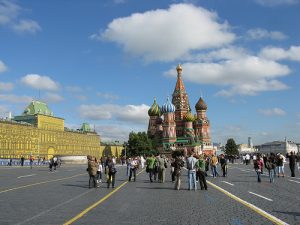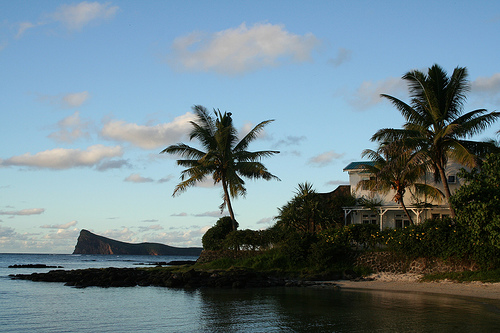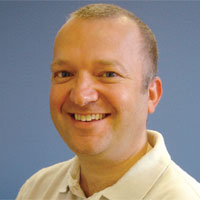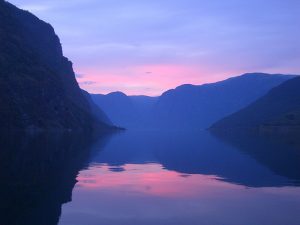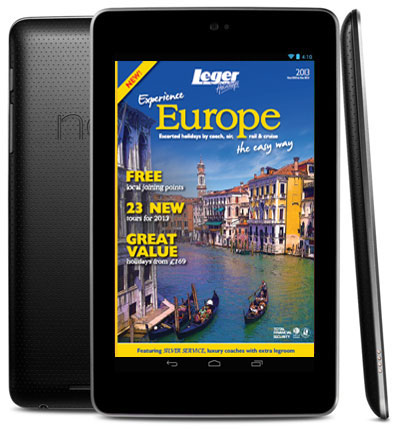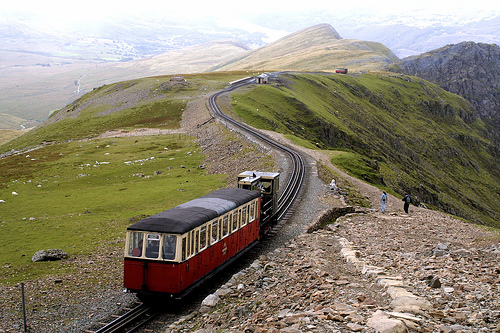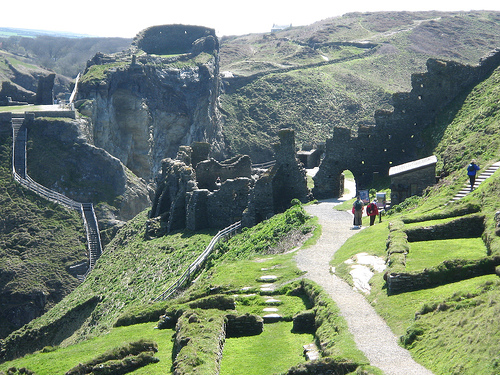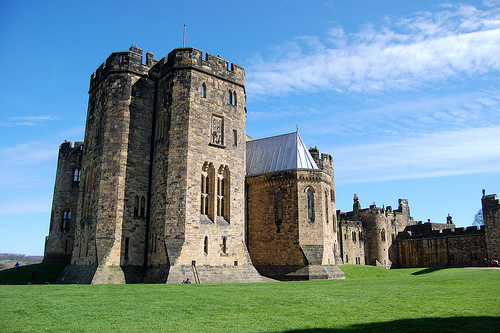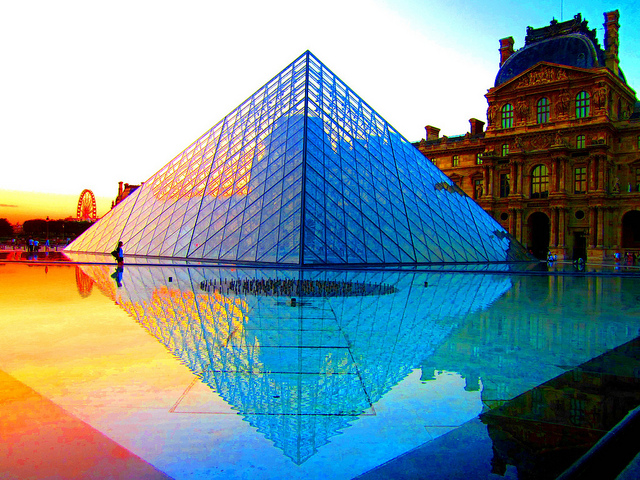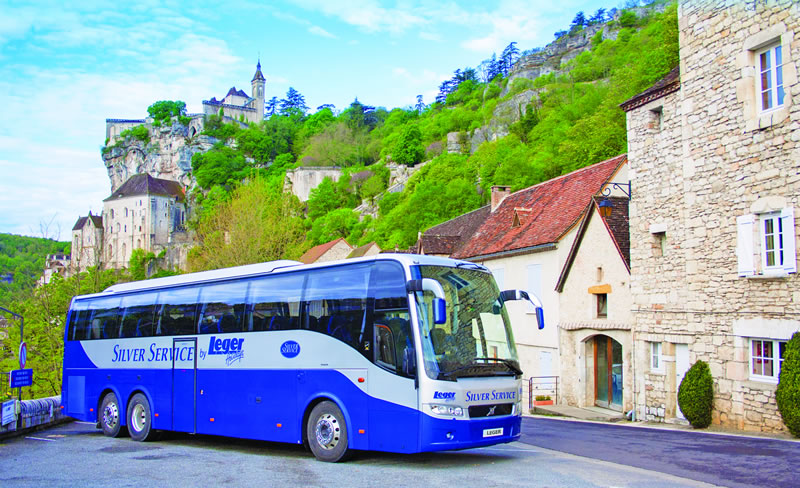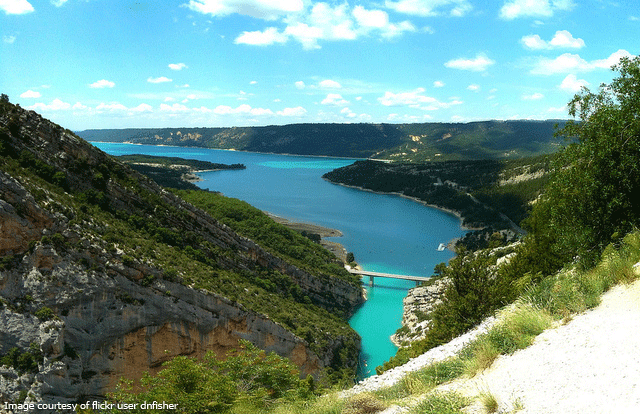Below we take a closer look at our Grand Explorer tour of Majorca, the largest of the Balearic Islands and, along with its sister islands of Menorca, Ibiza and Formentera, lies in the Mediterranean Sea off the east coast of mainland Spain.
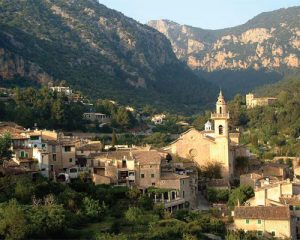
Since the 1950’s Majorca has been an extremely popular spot for tourists, especially from the UK and Germany, owing to the climate, the mix of old architecture and new entertainment facilities, and beautiful sandy beaches lapped by clear blue waters. Furthermore, many celebrities holiday in Majorca and some even own private holiday homes, so do not be surprised if you see some famous faces!
During your first day of sightseeing you’ll visit Pollenca. The sheltered horseshoe shaped bay is set against the stunning backdrop of the Tramuntana mountain range. You’ll wander around the picturesque medieval streets lined with ochre coloured stone houses, which lead to the main square Placa Major. The square is dominated by a large 13th century church Esglèsia de Nostra Senyora dels Àngels (translated to Our Lady of the Angels) and there are numerous outdoor cafes.
One of Pollenca’s most distinctive features is the 365 step stairway north of the square, which leads up to a chapel on top of the hill known as Calvary. On Good Friday this is the setting for the most dramatic parade of the year, which includes a mock crucifixion on top of the hill after which the figure of Christ is ceremonially removed from the cross and then paraded through the town, led by hundreds of people in cloaks, masks and pointed hats and done in total silence save for the slow beating of a drum.
From Pollenca we drive along the stunning Cabo de Formentor Road, regarded as Majorca’s most beautiful peninsula. 260 metres up on the hill there is the Cabo Formentor lighthouse, which enjoys an unforgettable panorama of the Mediterranean. The day is rounded off with a visit to Alcudia. The old town has a 14th century wall and there are remains of a Roman town just outside the town walls, in front of the Church of St. Jaume. North of the wall is a bull ring, although now most fights are mock fights.
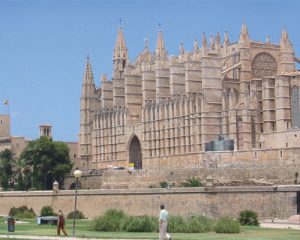
Halfway through your holiday you have the option to visit Palma, the capital of Majorca, for the day. Almost half of the total population of Majorca lives in Palma. The huge Gothic cathedral overlooks the waterfront and the city’s ancient buildings reflect its rich and varied history.
Palma boasts wide palm-lined promenades dotted with pavement cafes, with the main hub being the Passeig des Born. This avenue has some great cafes for lunch, many with a view of the cathedral, and you’ll also find some good shops along here. If our sightseeing tour is not for you then a morning shopping, coffee at one of the cafes and then a stroll down Passeig des Born to the harbour for lunch overlooking the water is a delightful way to spend a sunny day.
Another of our optional excursions is La Costa Rocosa (the Rocky Coast). In the north west we head to Camp de Mar and then to the small town of Andratx, which enjoys a privileged location amid a valley of almond groves in the shadow of the Puig de Galatzo, which rises to 1026 metres.
Continuing through the mountains, we reach Estellenchs, a true taste of the real Majorca, facing the sea and backed by the peaks of the Tramuntana Mountains.
We continue to nearby Banyalbufar, where the slopes have been terraced into stepped Marjades and where olives, vines and almonds are grown. Later, we visit the old mountain towns of Deia and Valldemossa. It is highly likely you’ll see a famous face in Daia, with its idyllic landscape and orange and olive groves on steep cliffs overlooking the Mediterranean.
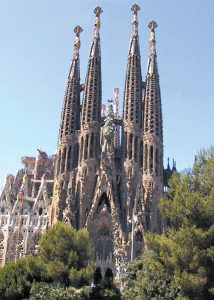
Virgin Records mogul Richard Branson, has a luxury residence in the town, and his label’s stars have often visited the village and sometimes jammed at the local bar, ‘Sa Fonda’. Other famous inhabitants include Michael Douglas and Catherine Zeta Jones.
If you’re wondering where to buy those holiday souvenirs and gifts then maybe you’ll find something nice to buy on your included visit to the market in Arta. This hilltop town is very picturesque and its main attraction is the Sanctuary of Sant Salvador with its walled grounds, which over look the town. The weekly market is a lovely place to browse and have a coffee and ensaimada (a Majorcan speciality of a spiral of pastry dusted with icing sugar).
We then continue to the legendary Coves del Drac (Dragon Caves). The stalagmites and stalactites are spectacular and cover the roof and base of the cave. There is a massive natural amphitheatre and one of the world’s largest underground lakes, Lago de Martel, plus you are treated to classical music by the musicians on the boat. The day is rounded off nicely with a visit to Manacor, famous for furniture manufacture and excellent artificial pearls.
Also on our Majorca Uncovered tour, on your journey to Majorca, you’ll enjoy a full day in the diverse city of Barcelona. If you join the optional guided tour you’ll see stunning sights such as Gaudi’s Sagrada Familia, the awe-inspiring cathedral, and Las Ramblas, a treelined pedestrian boulevard packed with living statues, mime artists and people selling everything from lottery tickets to jewellery.

